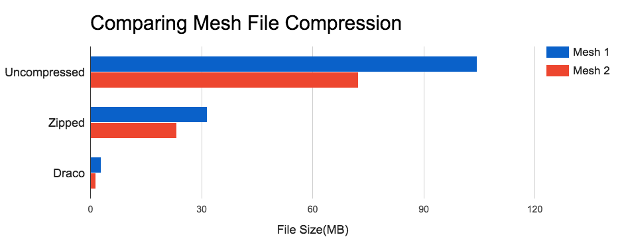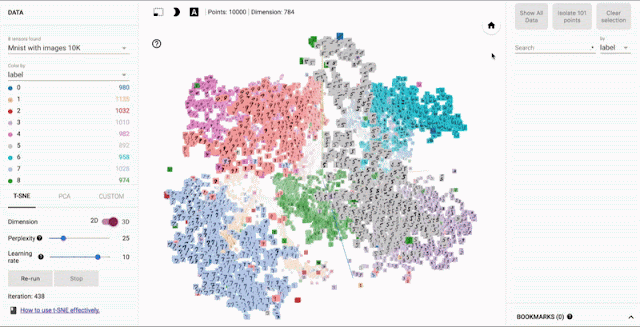Today, we are announcing that this platform has been extended to remove the friction of bringing up wireless verification test systems with a component called Google Radio PHY Test or “Graphyte.” Graphyte is an open source software framework that can be used and extended by the wireless ecosystem of chipset companies, test solution providers, and wireless device manufacturers, as opposed to the traditional approach of vendor-specific solutions. It is developed in Python and capable of running on Linux and Chrome OS test stations with an initial focus on Wi-Fi, Bluetooth, and 802.15.4 physical layer verification.
Verifying that a wireless device is working properly requires chipset- and instrument-specific software which coordinate transmitting and measuring power and signal quality across channels, bandwidths, and data rates. Graphyte provides high-level API abstractions for controlling wireless chipsets and test instruments, allowing anyone to develop a “plugin” for a given chipset or instrument.
| Graphyte architecture. |
We’ve worked closely with industry leaders like Intel and LitePoint to ensure the Graphyte APIs have the right level of abstraction, and it is already being used in production on multiple manufacturing lines and several different products.
To get started, use Git to clone our repository. You can learn more by reading the Graphyte User Manual and checking out the example of how to use Graphyte in a real test. You can get involved by joining our mailing list. If you’d like to contribute, please follow the Chromium OS Developer Guide.
To get started with the LitePoint Graphyte plugin, please contact LitePoint directly. To get started with the Intel Graphyte plugin, please contact Intel directly.
Happy testing!
By Kurt Williams, Technical Program Manager




